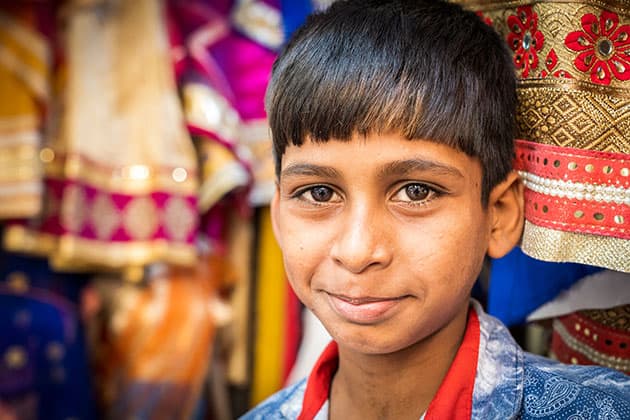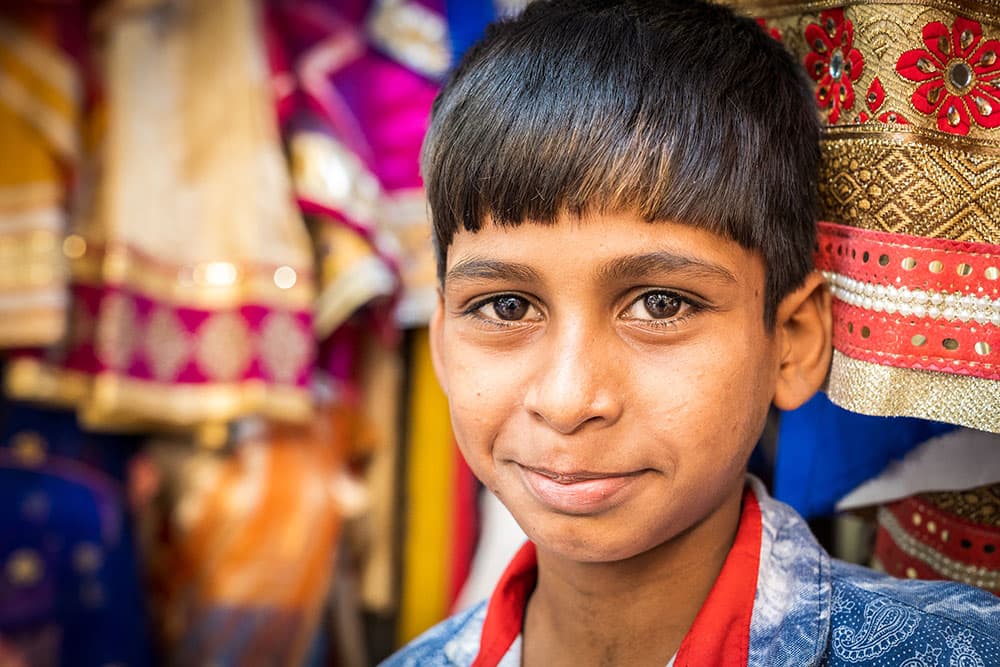
Don’t be afraid to reposition your subject to include a more interesting backdrop. Sony A7 III, 24-70mm, 1/100sec at f/5, ISO 2000. Credit: Matt Parry
For travel photographers, the encounters you have with strangers can become some of the most rewarding, both personally and photographically. Through its people, you can witness and experience many facets of a country – from food and drink to how they celebrate, worship, earn a living or pass the time. What soon becomes apparent is that the differences between us aren’t always as extreme as they appear on the surface. Armed with curiosity, you can open up your travel photography to a whole new genre of opportunity.
Unique photography
The internet has made the world a smaller place and we often hear photography being criticised for a perceived lack of creativity. This is perpetuated by the fact that the number of images being shared now are more than ever before. Or it is the ‘Instagram effect’ that leads to a lack of differentiation – the thought being that we are all influenced in some way by the style and location of photos that we see on social media.
Yet with over 7.5 billion people living on this planet, photographing the people you meet is a great way to capture the stories and feelings that are unique to your experiences. While we may see pictures of the same faces or scenarios popping up from time to time – that photogenic Cuban lady with the big cigar, jumping Maasai Warriors or Myanmar monks in smoky rays of light, the most genuine interactions with the people you meet on your travels are unique picture opportunities.
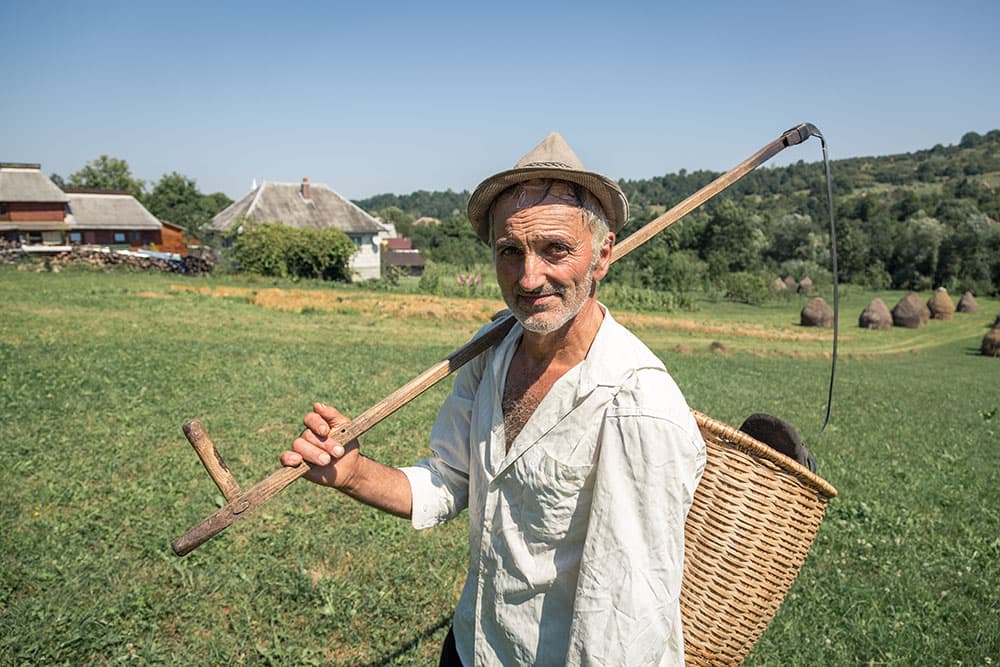
Look beyond the obvious sights and take a walk with your camera. Canon EOS 5D Mark III, 24-105mm, 1/640sec at f/6.3, ISO 100. Credit: Matt Parry
Photographing strangers
Look beyond the obvious sights and attractions on offer and take a walk with your camera. Stop and chat with the people you meet and delve deeper into their culture. Sounds easy, yet one of the greatest challenges when photographing people is overcoming the nerves to ask a stranger if you can take their picture. Whatever your personality type, most people can be apprehensive at the thought of approaching someone specifically for this purpose. Language barriers and fear of rejection can discourage even the most experienced photographers.
Nonetheless, for those who are willing and able to put their nerves to one side will find this a liberating and fun form of photography. It’s amazing how much you can communicate with someone without speaking a word of each other’s language, and finding out more about a person’s life or culture can often be one of the most memorable and authentic experiences of your trip. While these encounters lead to your own personal memories, the pictures can form stories and imagery that many others will find compelling.

There are people shots to be had everywhere but always ask first. Sony A7 III, 24-70mm, 1/60sec at f/2.8, ISO 5000. Credit: Matt Parry
Breaking down barriers
What is the best way to approach ‘people photography’ when travelling? While this will always be dependent on the circumstance there are a few tips to consider. First, don’t be afraid to acknowledge your camera. There is a case to be made for building a connection with someone before you bring out your camera, yet in my experience your camera can help to break down the barriers to communication and give you the confidence to approach and engage with people.
A smile and a simple nod towards your camera is a globally recognised indication that you would like to take a picture, and more often than not people will be happy to pose. Some people will find it curious that you want to take their picture and some may be willing but shy.
Of course, there will be people who are uncomfortable and don’t want their picture taken, so be polite and respect their wishes. Remember, if someone does decline, don’t be offended or embarrassed – it is not the end of the world. And certainly don’t let this stop you from interacting with that person as this can still lead to some wonderful situations, even if you don’t get the shot. Whoever you photograph, offer to show them the picture on your camera’s live view screen and/or email a copy or post a print to them.
Build a rapport with your subject. If you have time, sit or take a walk with them for a while; share a drink or two. Try to find a common interest such as sport, family or the place you are visiting. Ask questions, listen and show an interest in what they are saying. This will make the whole experience more enjoyable and rewarding for you and your subject. Also, that connection will often mean you can spend longer with them.
Don’t forget to show them your personality, too. If you can get your subject to relax, smile and perhaps even laugh then your shots will look much more natural. If language barriers are an issue then a friendly smile and a relaxed and confident demeanour will go a long way.
You will need to manage your subject – to help them relax as well as direct them. Don’t be afraid to reposition your subject if the light is not hitting them as you’d like or the background is too distracting. Or you can reposition yourself. Remember that even subtle movements can make a big difference in the quality of your final shot.
It also pays to keep your subjects in their comfort zone. While you may need to stray out of yours to get the shot, it can often help if you make your subject do something routine or familiar to them, especially if they are uncomfortable or awkward in front of the camera; if not then the resulting shots may look unnatural or forced.

Think about your position; subtle movements can make a big difference. Sony A7 III, 24-70mm, 1/160sec at f/2.8, ISO 160. Credit: Matt Parry
Authenticity
As travel photographers we have a duty to represent the people and cultures we photograph in a faithful and accurate way. While we can always debate the merits and ethics of photography, image manipulation and even the authenticity of some travel experiences, I believe that we should showcase the people we meet honestly and to the best of our ability.
Similarly, we need to be sensitive when doing so. You should be aware of any cultural sensitivities when photographing people, for example around religious ceremonies or sites or when photographing people’s homes or families. It could be as simple as removing your shoes before walking somewhere. This respect and appreciation for the culture, religion and wishes of your subject goes a long way.
Where to go
People photography on your travels shouldn’t be restricted to far-flung, exotic destinations. While the differences of ‘culture shock’ destinations can make particularly interesting images, you should not overlook applying this approach to any trip you take. From fishermen in the Algarve to businessmen in Paris, there are people-photography opportunities everywhere you turn.
Nor should this form of photography be restricted to ‘locals’. Many times, visitors can tell you as much about a destination as the people who live there, and are often just as photogenic as they bring with them their own idiosyncrasies and culture.
Similarly, there are a number of ways you can practise at home to build up your confidence. In fact, if you can ask a stranger for a picture in your own town or city then you will be able to do it anywhere! Perhaps set yourself a challenge to photograph strangers during your lunch break or at the weekend – a stranger per day or even target 10 strangers in an hour. Projects like this really push you out of your comfort zone and can definitely boost your confidence as a photographer.
People photography offers travel photographers a blend of visually different experiences beyond the cities, landscapes or iconic sights that primarily attract visitors to a region. These experiences can be enhanced through engagement and interaction with the people you meet which can lead to interesting, insightful and memorable trips packed full of wonderful photo opportunities.
Matt’s top tips for engaging travel portraits

Credit: Matt Parry
Shoot in bursts
There is nothing more frustrating than discovering your subject blinked in the millisecond the shutter fired. Shooting a continuous burst of 2 to 3 frames will help increase your chances of an eyes-open shot without the subject feeling uncomfortable.

Credit: Matt Parry
Work the angles
Think about the type of images you want to achieve on location and always take more pictures than you will need. Mix up your focal lengths, angles, composition and camera orientation to give yourself as many options as possible when selecting the best one.
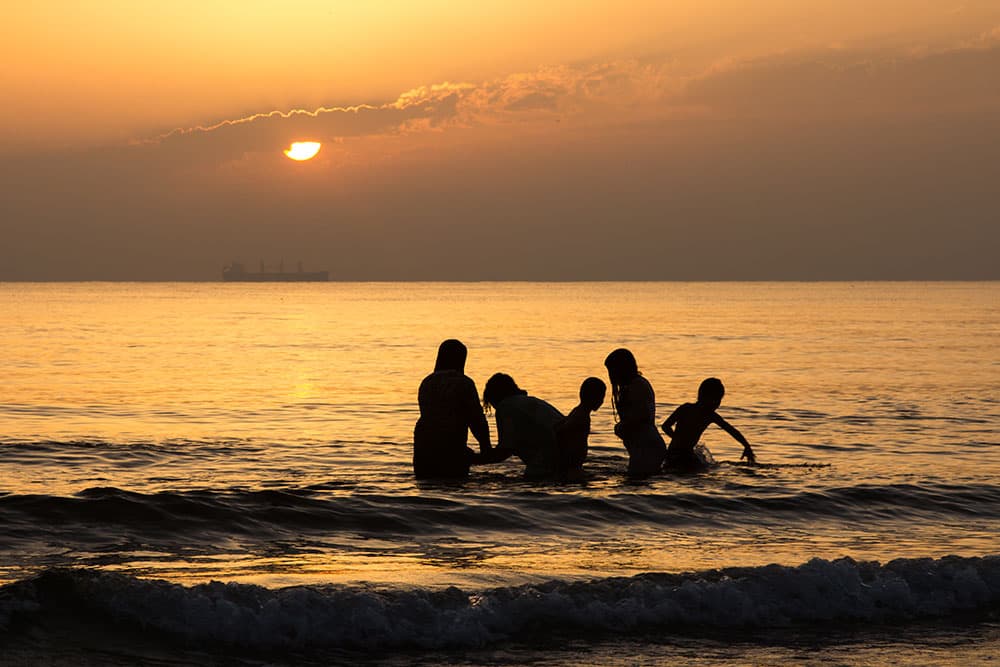
Credit: Matt Parry
Shapes and shadows
People photography is all about the eyes. While this is a good principle to follow it doesn’t hurt to break the rules every now and then. The shape or silhouette of a person or group can tell a story or intrigue the viewer more than the expression on someone’s face.
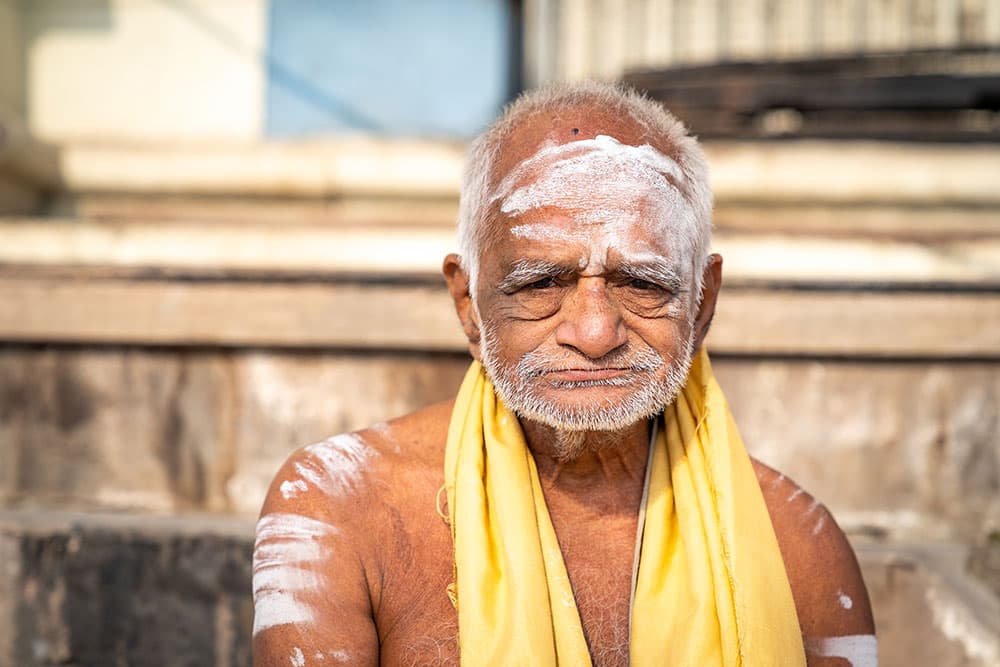
Credit: Matt Parry
Be prepared
It is important for travel photographers to know their kit – the benefits and limitations and to be prepared before approaching a stranger. The moment may be fleeting and so you don’t want them to get impatient waiting while you change lenses or settings.

Credit: Matt Parry
Get help
A local guide can be a tremendous asset if you are short on time. They speak the language, know the destination and often have a great rapport with people. Another option is to reach out to local photographers through social media or sign up with a local photo tour.

Credit: Matt Parry
Natural light
Lighting and reflectors are the staple kit of most portrait photographers, especially those working in a studio or with models. However, most travel photography relies on natural light, so avoid the middle of the day when the harsh light can cast unflattering shadows on a face.
Paying for pictures
This is one of the age-old conundrums and its prevalence varies from country to country. Some people will request/expect money in return, but you need to decide if that value exchange is one you are comfortable with.
From street performers to people who dress in traditional costumes, these transactions are now an ingrained part of the economy in some parts of the world. Similarly, if the person is selling something, they may expect you to make a small purchase in return. While transactional-based interactions can stifle the natural engagement that makes a portrait special, they can still lead to amazing images for those willing to negotiate a price.
Kit list
- Eye AF-enabled camera The eyes are the most important feature in a portrait. Technology such as Sony’s superb Eye AF accurately tracks and focuses on an eye, giving you the flexibility to compose the shot exactly as you wish.
- Standard zoom A fast 24-70mm lens will let you work in low light, create beautiful bokeh and separate the subject from the background. The wide end is useful for capturing environmental portraits.
- Camera bag A simple over-the-shoulder bag such as the LowePro Toploader Zoom 50 AW II or a small messenger bag is perfect when exploring, as it’s light and holds your camera, lens and space for spare batteries, memory cards and a lens cloth.
- Camera strap The strap that comes with your camera isn’t always the best for long days spent walking around with your camera. Third-party straps such as the excellent Peak Design Slide Lite offer a comfortable, secure and practical way to keep your camera ready for any shot.
- Notes app Use a notes app on your phone to record information on the people you meet: names, ages, facts about what you are seeing or doing, details of the subject and dates. These will help to create compelling captions when sharing your images.
Matt Parry is a travel photographer, writer and presenter. His images and articles have been published in leading travel and photography publications. He has visited over 55 countries across six continents. See more at www.mattparryphotography.com or @mattparryphotography.

